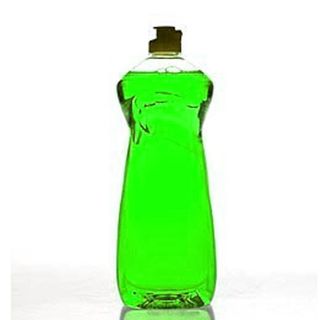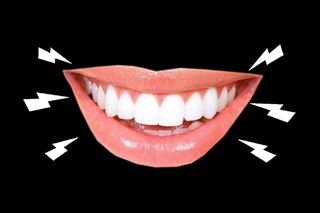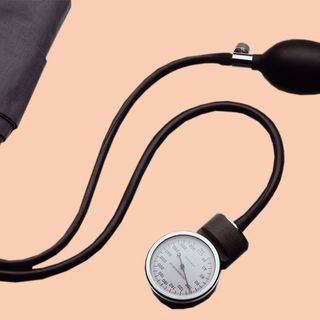
Untrending: Teeth Whitening Is Safe, Effective — if Done Properly
Though side effects are minimal, experts still suggest using teeth bleaching products under the guidance of a pro.

In Untrending, we side-eye the latest fads so we know what we’re getting ourselves into — and what (if anything) we’re getting out of them.
Straight, ultra-white teeth are a cultural phenomenon exported by North America that have become global markers of both socioeconomic class and beauty. The good news for anyone who feels the pressure to conform: teeth whitening is safe. But most experts advise only attempting it under the guidance of a dentist, even if you’re using an at-home method, because improper use or overuse of teeth bleaching products can cause problems.
Before we get into that, though, a caveat: stained teeth are an inevitable part of aging. As long as you are eating, drinking, and just generally aging, the color of your teeth will be affected — gradually turning anything from grayish to brownish-yellow by late life. Sure, neglecting oral health can cause more severe staining (also other, more concerning problems), but even if you visit the dentist twice a year and brush thrice daily, your teeth will darken as you age.
Most teeth whitening products work by using diluted hydrogen peroxide to bleach the enamel of teeth. Some, like teeth whitening mouthwash, are likely to effect a color change only in impractical quantities, “if you’re going to be rinsing six to nine times a day and holding it in your mouth for a couple of minutes, and you’re going to do this for two or three months,” says Gennaro Cataldo, a professor of general dentistry at Boston University.
Related on The Swaddle:
What Makes People Not Take Teeth Cleaning Seriously?
Peroxide-based strips, pens, gels and trays are other common options. They work by penetrating teeth’s enamel and breaking up the discolorating compounds embedded just under this protective layer. They have their own limitations, though: because over-the-counter products are not nearly as powerful as clinical teeth whitening administered by a dentist, they require more repetitions of the treatment. This repetition of low-dose whitening will only get you so far; at some point, your teeth will just not get any brighter. In the short term, the side effects of this repeated treatment are minimal and temporary — potentially tooth sensitivity and gum irritation. But in the long term, repeated teeth whitening can leave tooth enamel damaged and weak. Weak enamel makes teeth sensitive at best, and prone to cracking, chipping and bending at worst. At this point, teeth bleaching may also have the opposite effect of whitening, leaving teeth to appear gray or translucent.
That is why dentists advise using teeth bleaching products under their supervision; while their products are more powerful and long-lasting, they require less of the frequent use that weakens enamel. Dentists can also advise on how frequently to use over-the-counter products, to avoid the potential side effects of overuse.
Whitening toothpaste is another teeth bleaching option, but excess use can cause similar problems to peroxide-based products, just in a different way. The toothpaste contains abrasive particles that exfoliate stains from the surface of teeth and can, over time, strip away outer layers of enamel. (Think of it as an apricot scrub for your teeth.) The latest whitening product fad is activated charcoal toothpaste, but not only does this have the same issue with abrasive particles — thinning enamel — there is also no evidence that activated charcoal dental products actually affect teeth color.
All in all, teeth whitening is safe and effective (barring mouthwashes and activated charcoal toothpaste) — as long as you do it under the guidance of a dentist. The only question now is — is it worth it?
Liesl Goecker is The Swaddle's managing editor.
Related


Is It Okay to Use Birth Control to Skip a Period (or Several)?
